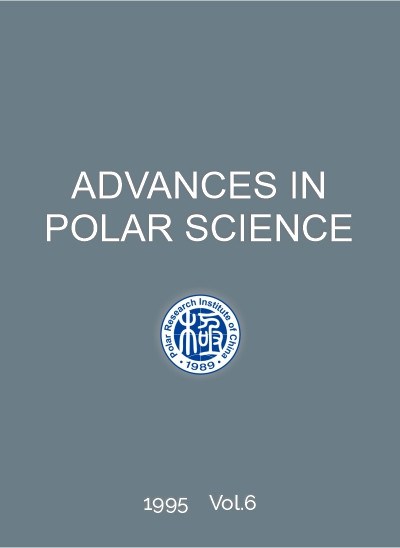Publication: Advances in Polar Science (APS). Antarctic Research. Vol. 6, No. 2, 66~71, December 1995
To download the publication please click on the download link at the bottom of the page
Author: Sun Jinhui, Xia Qilin, Qiu Jinhuan and Lu Daren
CNARC member: Polar Research Institute of China (PRIC)
Abstract: A lidar system (694 nm) was used to measure the stratospheric aerosol layer at Zhongshan Station (69°22'S, 76°22'E) in 1993. A total of 53 sets of lidar data presented in this paper were obtained over a period of 224 days between March 27 and November 5, 1993. The average vertical profiles of the stratospheric aerosol backscattering ratio and the integrated backscatter coefficient over the 12 km - 30 km altitude range were reversed from the return signal of lidar. The results of observations show that the stratospheric aerosol content more noticeably enhanced in 1993 than that in 1990 due to Mt. Pinatubo eruption in Philippines in June of 1991. Polar Stratospheric Clouds (PSCs) were observed from late May until early August. The vertical profiles of the stratospheric aerosol backscattering ratio at Antarctica in 1993 show a clear double-layer structure. One layer is at an altitude of about 12 km, the other is at an altitude of about 25 km . The upper layer is varied with season.
Keywords: lidar, aerosol, Polar Stratospheric Clouds (PSCs), ozone hole, backscattering ratio, integrated backscatter coefficient


